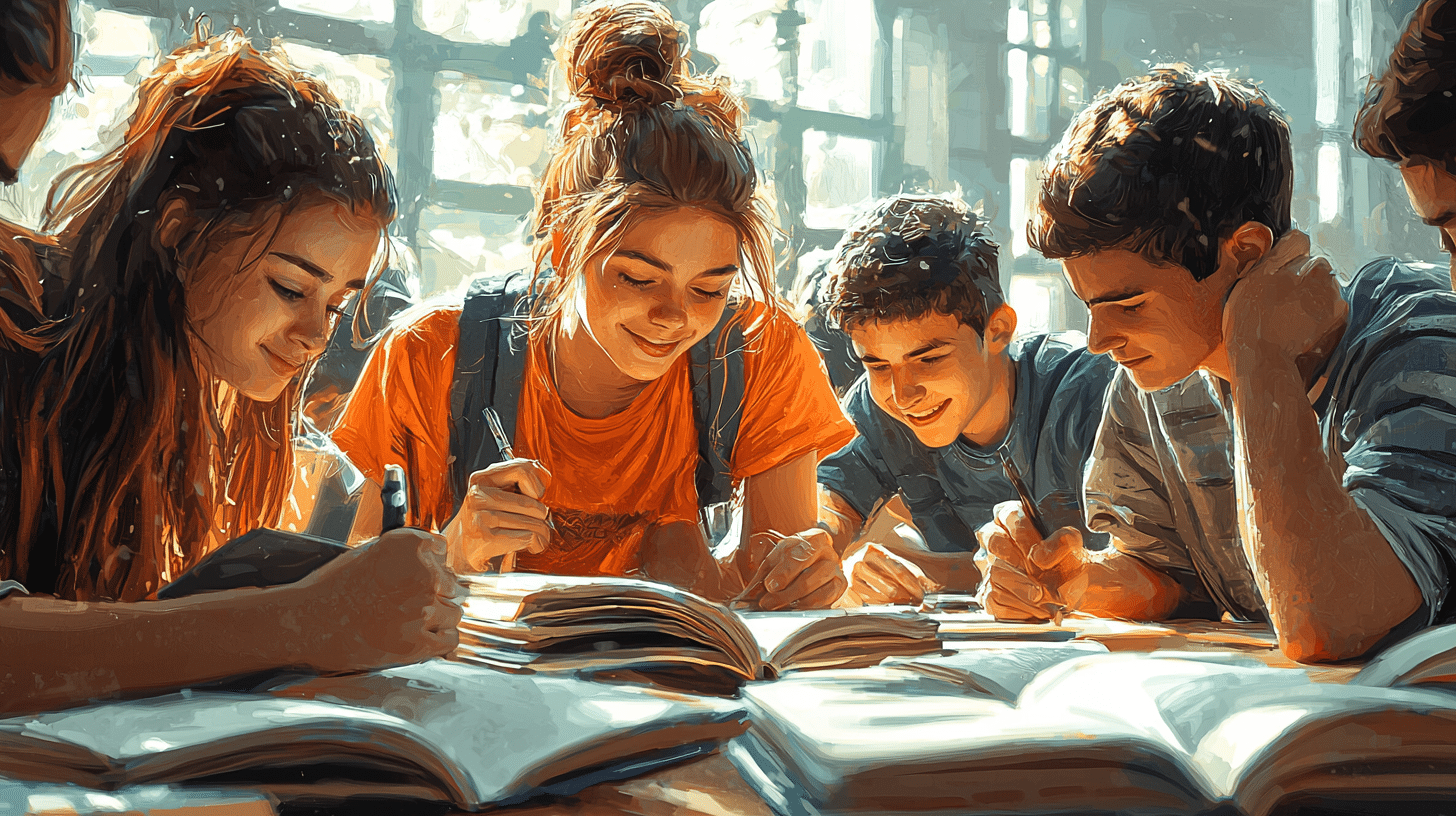
Understanding the gender of nouns is a fundamental aspect of mastering the Galician language, which, like many Romance languages, assigns gender to all its nouns. This characteristic can be a bit challenging for English speakers, as English does not use grammatical gender in the same way. In Galician, nouns are either masculine or feminine, and this distinction affects the form of other words in the sentence, such as articles and adjectives. Therefore, grasping the rules and patterns of noun gender is crucial for proper sentence construction and overall fluency. This set of exercises is designed to help you practice and reinforce your understanding of the gender of Galician nouns. Through a variety of engaging tasks, you will learn to identify whether a noun is masculine or feminine and apply this knowledge to use the correct articles and adjective forms. By consistently practicing these exercises, you'll become more comfortable with Galician noun gender, making your speech and writing more accurate and natural. Let's dive into the world of Galician grammar and take a significant step towards mastering this beautiful language.
1. O *libro* está na mesa (object for reading).
2. A *casa* é moi grande (place where people live).
3. O *coche* é azul (mode of transportation).
4. A *flor* é fermosa (part of a plant).
5. O *mar* é tranquilo hoxe (large body of water).
6. A *noite* é escura (opposite of day).
7. O *gato* está dormindo (common pet, feline).
8. A *árbore* é alta (plant with trunk and branches).
9. O *sol* brilla no ceo (star that provides light and warmth).
10. A *lúa* está chea (natural satellite of Earth).
1. O *gato* está durmindo no sofá (masculine animal).
2. A *mesa* está chea de libros (feminine furniture).
3. O *coello* come a cenoria no xardín (masculine animal).
4. A *casa* é grande e vella (feminine building).
5. O *libro* ten moitas páxinas interesantes (masculine object).
6. A *flor* é moi fermosa e colorida (feminine plant).
7. O *neno* está xogando no parque (masculine child).
8. A *rapaza* está estudando na biblioteca (feminine child).
9. O *coche* é de cor vermella (masculine vehicle).
10. A *silla* está rota e vella (feminine furniture).
1. A *lúa* é moi brillante esta noite (feminine celestial body).
2. O *coche* está aparcado na rúa (masculine vehicle).
3. A *mesa* está chea de libros (feminine furniture).
4. O *gato* dorme no sofá (masculine pet).
5. A *casa* ten un xardín fermoso (feminine building).
6. O *libro* está na estantería (masculine item for reading).
7. A *flor* é moi colorida (feminine plant).
8. O *sol* está moi quente hoxe (masculine celestial body).
9. A *cidade* é moi grande e bulideira (feminine populated area).
10. O *mar* está calmo esta mañá (masculine body of water).